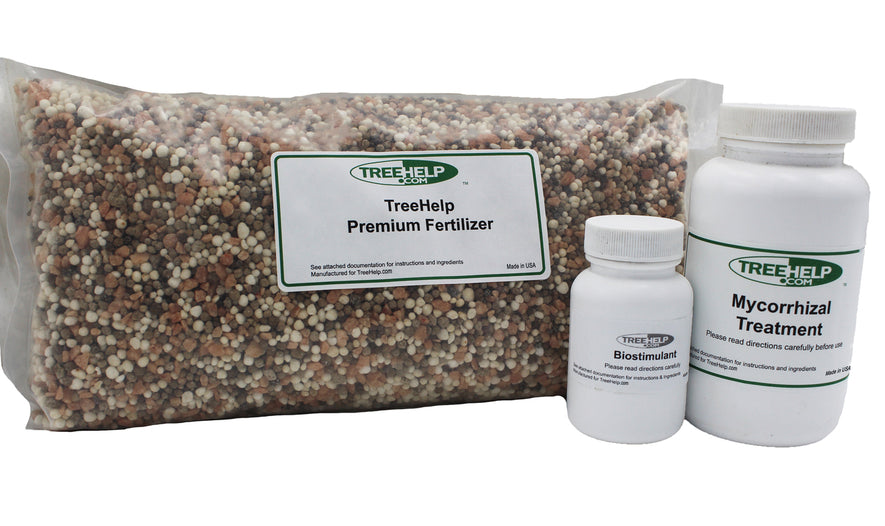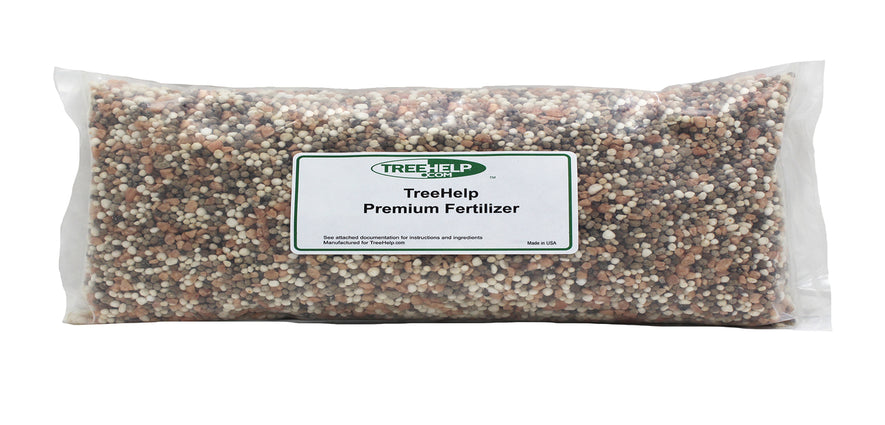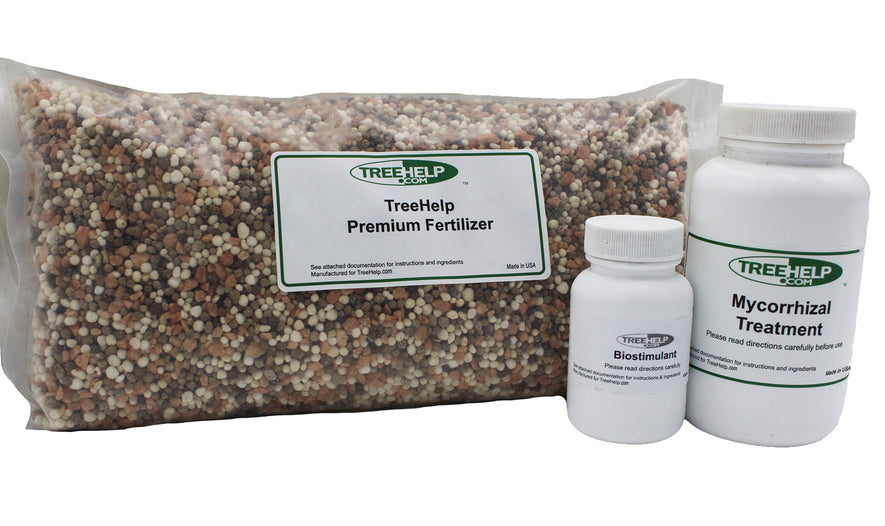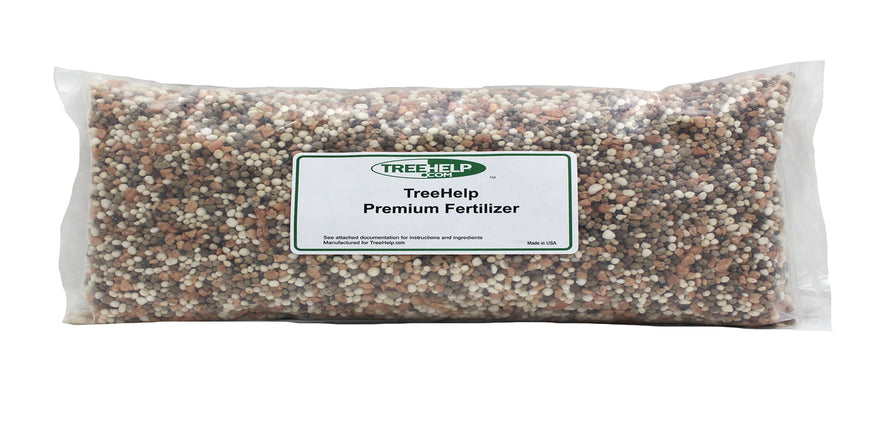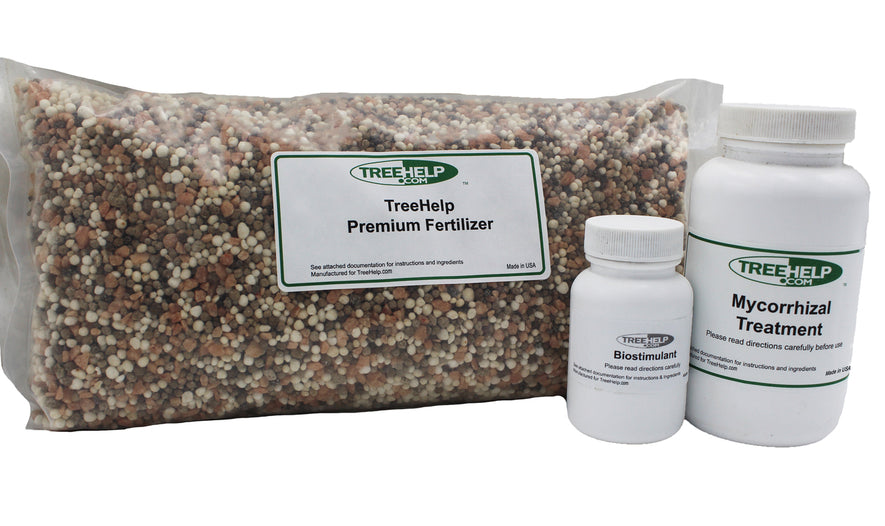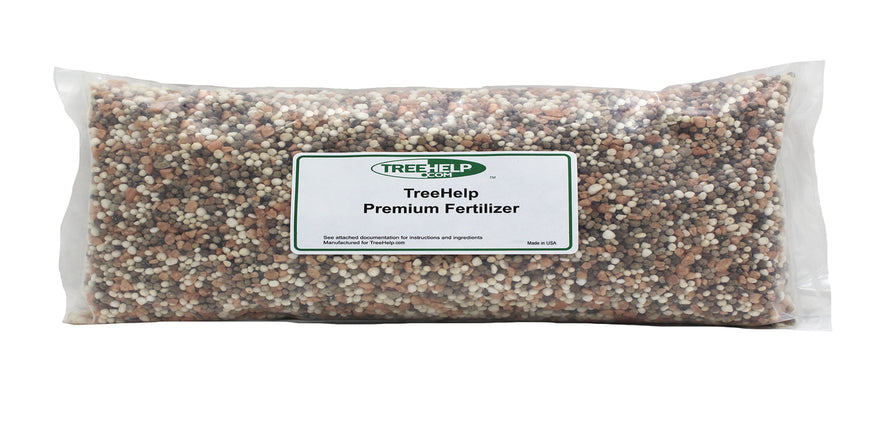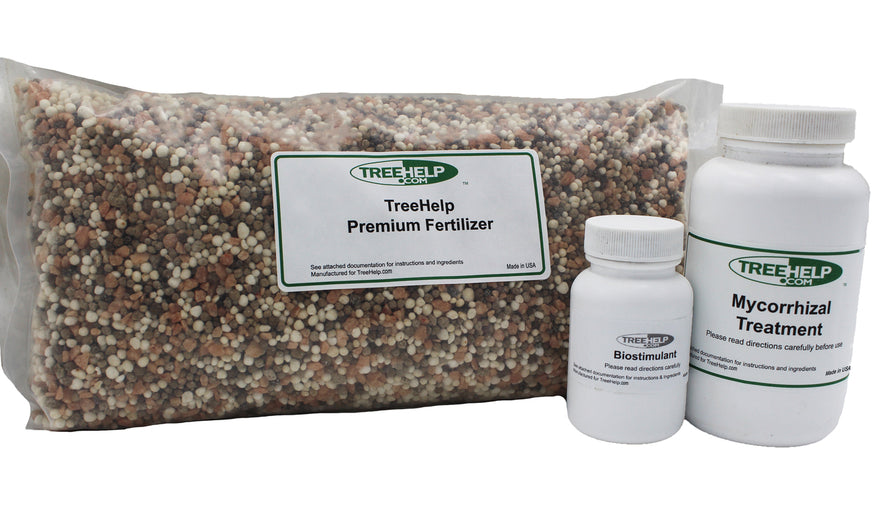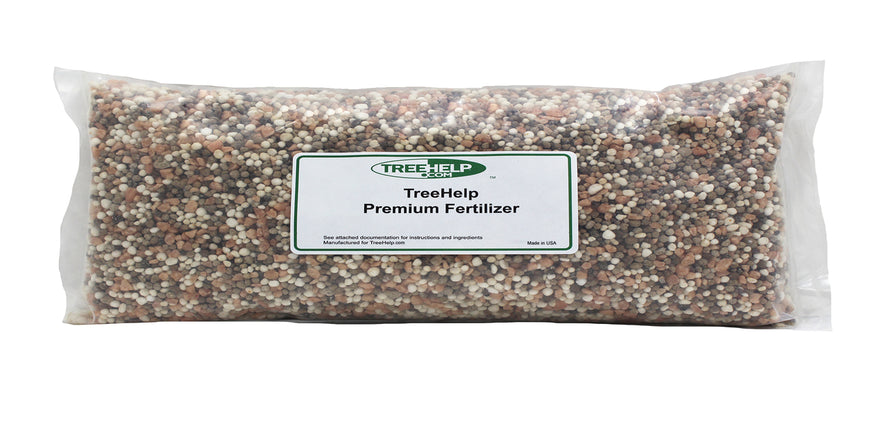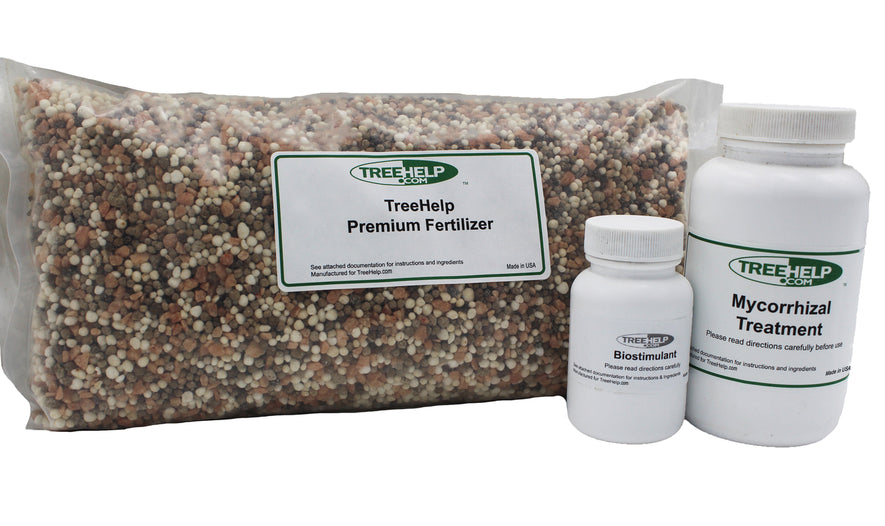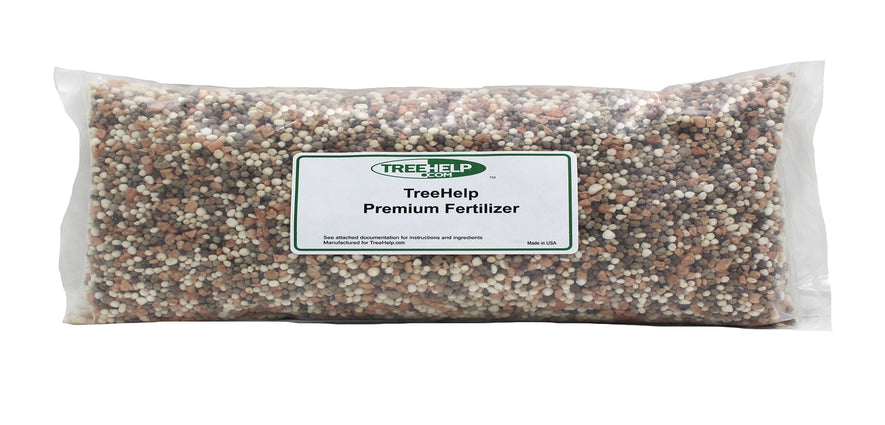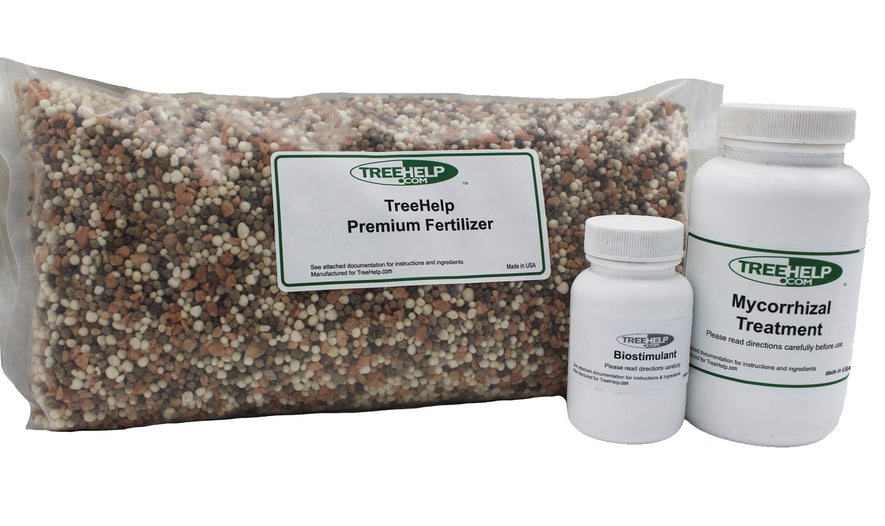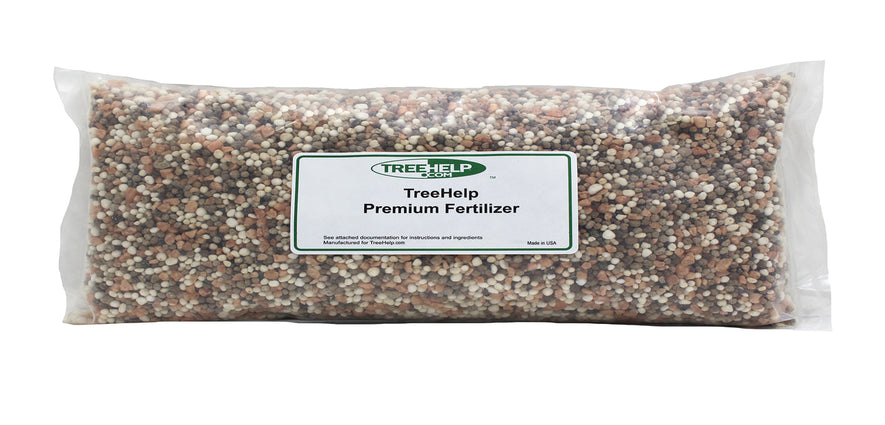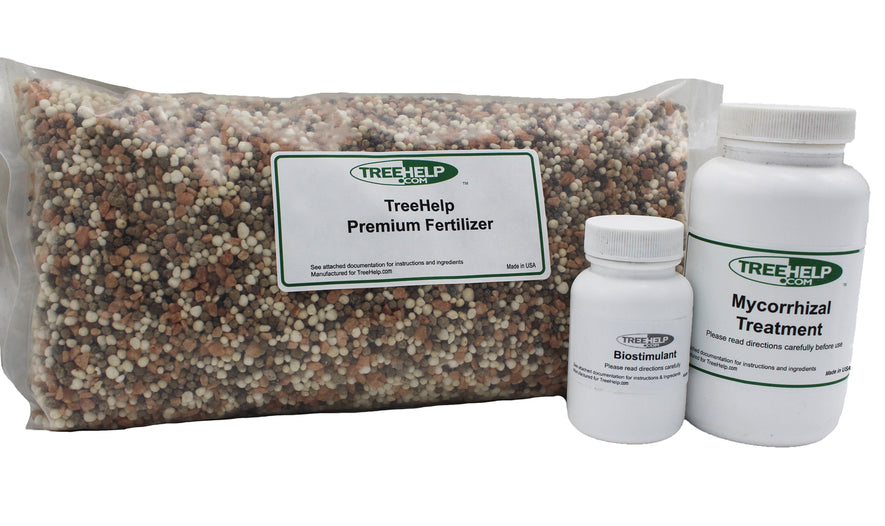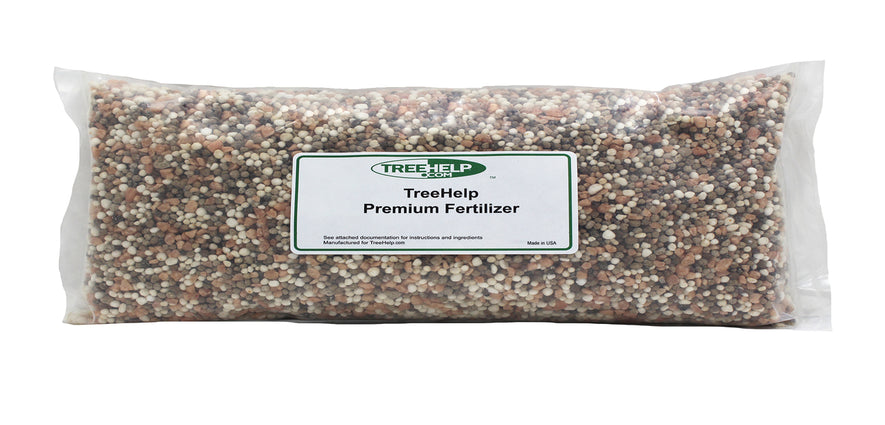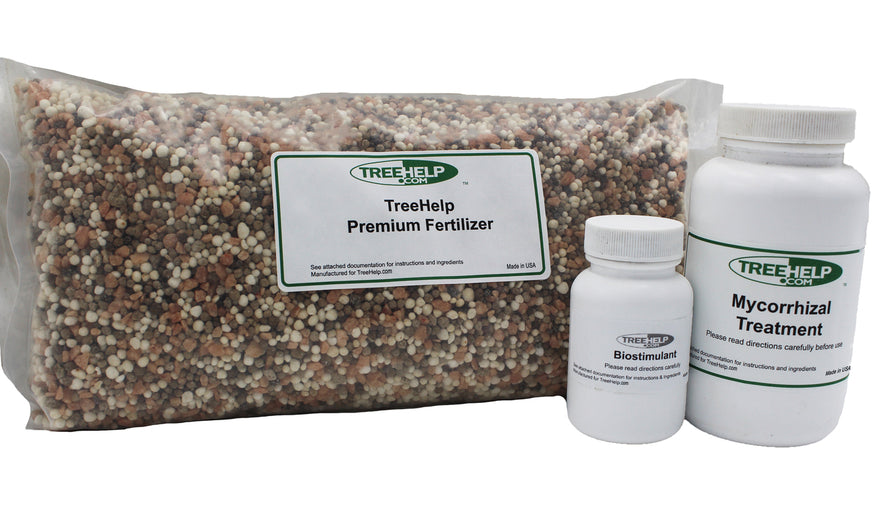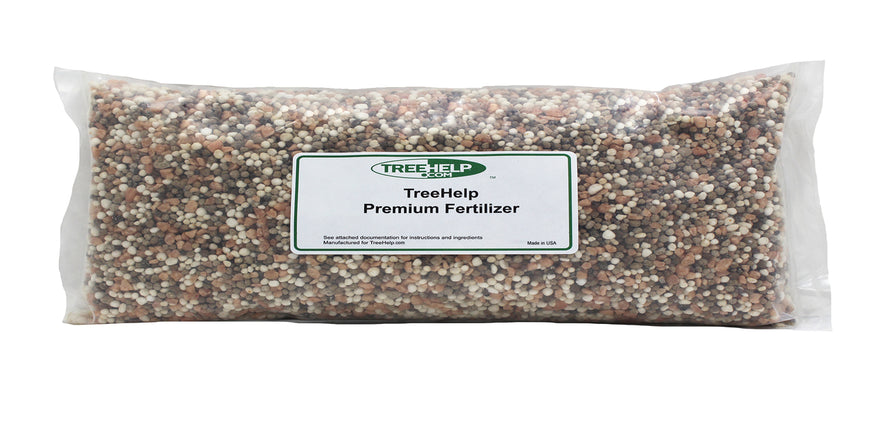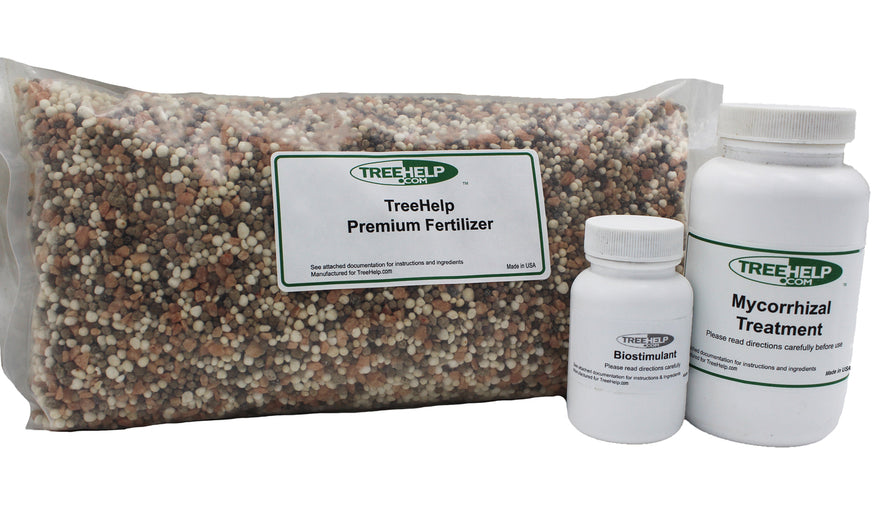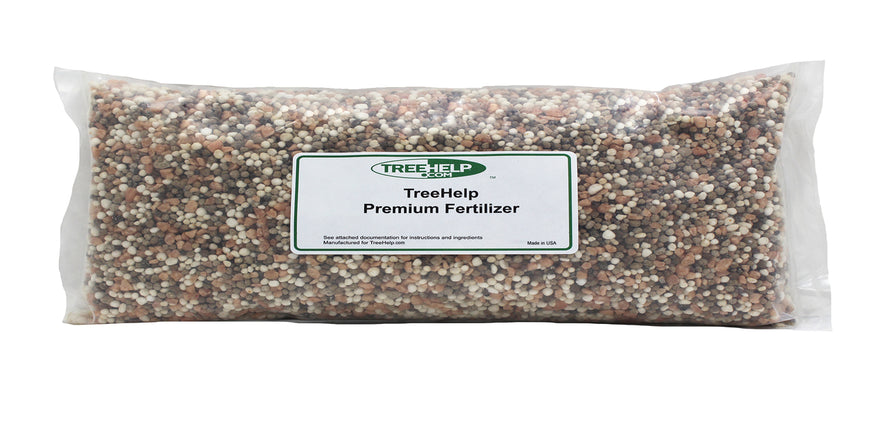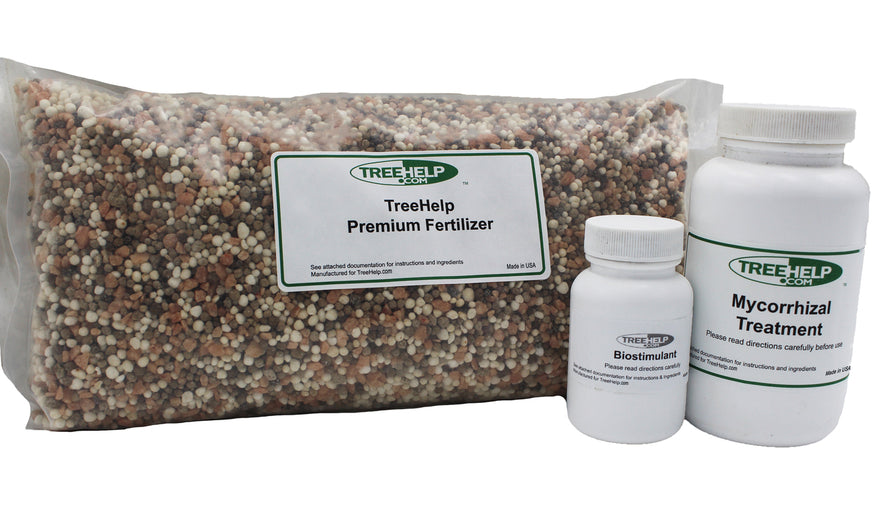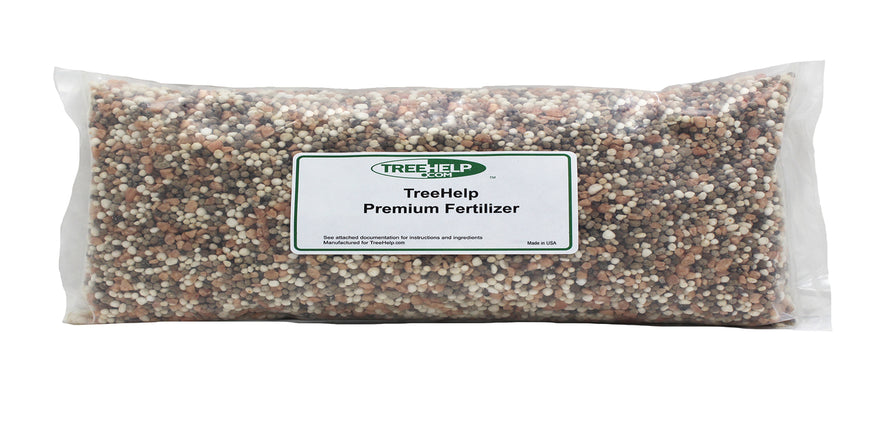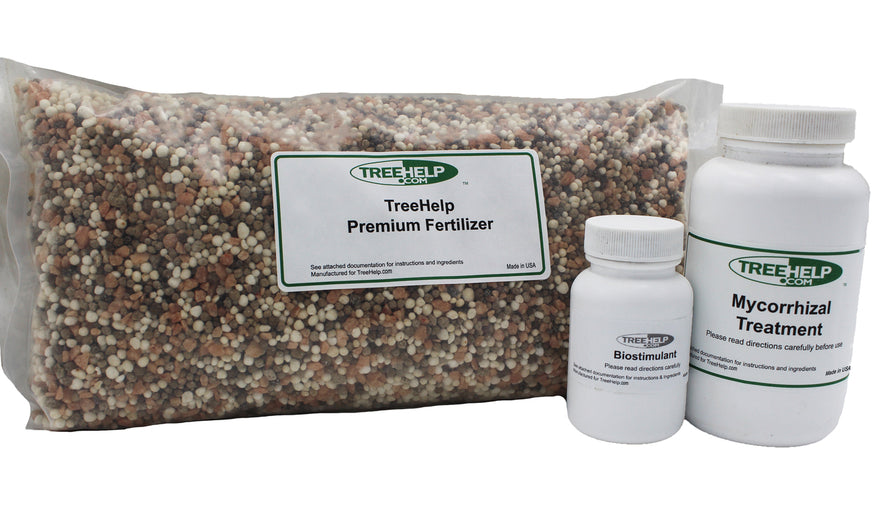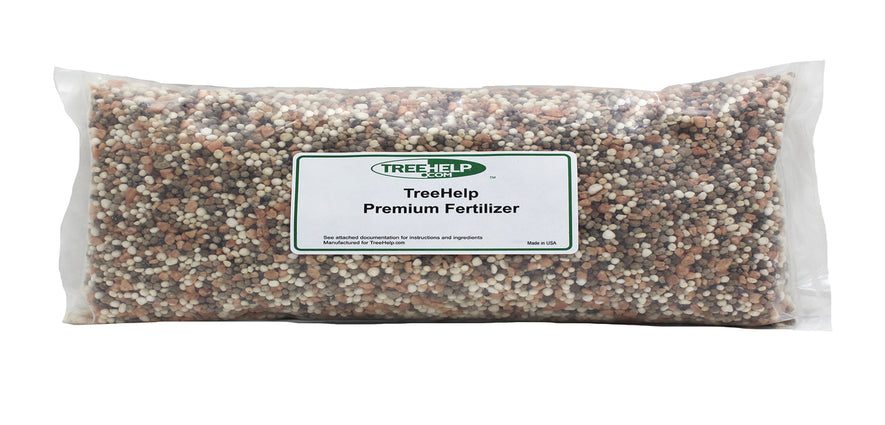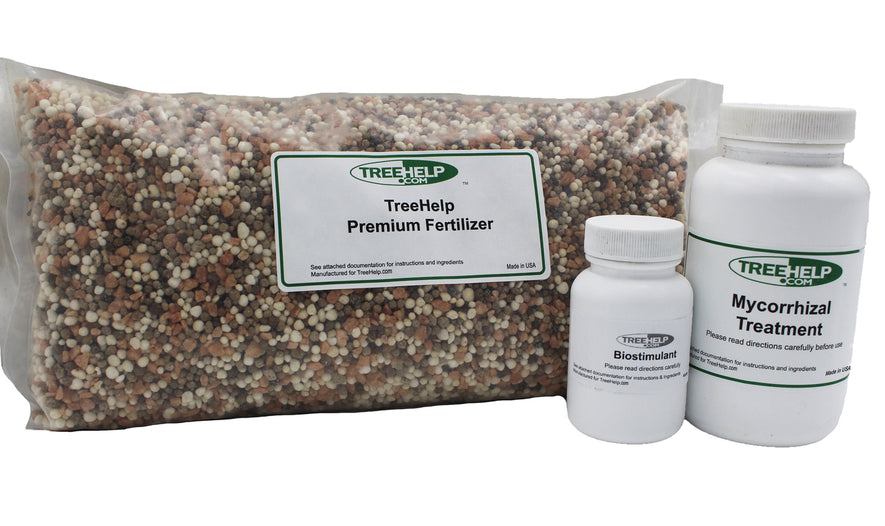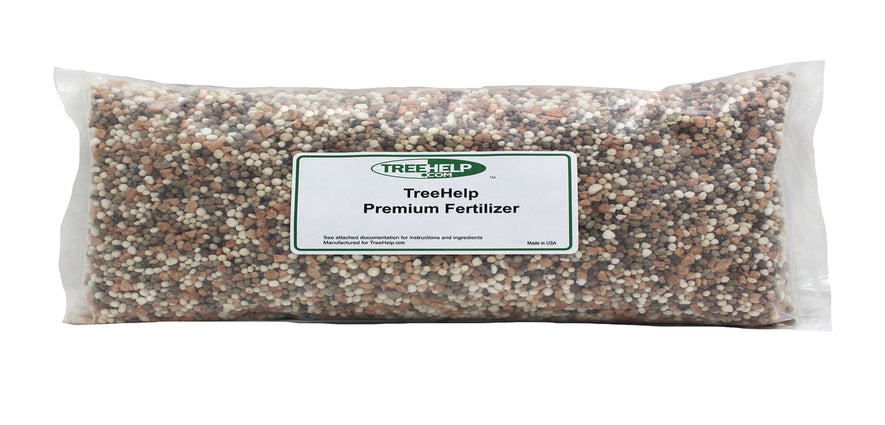-
TreeHelp Annual Care Kit: Chestnut TreeHelp developed easy-to-use Annual Care Kits to help homeowners maintain healthy and vibrant Chestnut trees. TreeHelp Annual Care Kits for...
- Regular price
- $33.95
- Regular price
-
- Sale price
- $33.95
- Unit price
- per
-
TreeHelp Annual Care Kit: Avocado TreeHelp developed easy-to-use Annual Care Kits to help homeowners maintain healthy and vibrant Avocado trees. TreeHelp Annual Care Kits for...
- Regular price
- $33.95
- Regular price
-
- Sale price
- $33.95
- Unit price
- per
-
TreeHelp Annual Care Kit: Persimmon TreeHelp developed easy-to-use Annual Care Kits to help homeowners maintain healthy and vibrant Persimmon trees. TreeHelp Annual Care Kits for...
- Regular price
- $33.95
- Regular price
-
- Sale price
- $33.95
- Unit price
- per
-
TreeHelp Annual Care Kit: Mimosa TreeHelp developed easy-to-use Annual Care Kits to help homeowners maintain healthy and vibrant Mimosa trees. TreeHelp Annual Care Kits for...
- Regular price
- $33.95
- Regular price
-
- Sale price
- $33.95
- Unit price
- per
-
TreeHelp Annual Care Kit: London Planetree TreeHelp developed easy-to-use Annual Care Kits to help homeowners maintain healthy and vibrant London Planetree trees. TreeHelp Annual Care Kits...
- Regular price
- $33.95
- Regular price
-
- Sale price
- $33.95
- Unit price
- per
-
TreeHelp Annual Care Kit: Locust TreeHelp developed easy-to-use Annual Care Kits to help homeowners maintain healthy and vibrant Locust trees. TreeHelp Annual Care Kits for...
- Regular price
- $33.95
- Regular price
-
- Sale price
- $33.95
- Unit price
- per
-
TreeHelp Annual Care Kit: Fringetree TreeHelp developed easy-to-use Annual Care Kits to help homeowners maintain healthy and vibrant Fringetree trees. TreeHelp Annual Care Kits for...
- Regular price
- $33.95
- Regular price
-
- Sale price
- $33.95
- Unit price
- per
-
TreeHelp Annual Care Kit: Honeylocust TreeHelp developed easy-to-use Annual Care Kits to help homeowners maintain healthy and vibrant honeylocust trees. TreeHelp Annual Care Kits for...
- Regular price
- $33.95
- Regular price
-
- Sale price
- $33.95
- Unit price
- per
-
TreeHelp Annual Care Kit: Tupelo TreeHelp developed easy-to-use Annual Care Kits to help homeowners maintain healthy and vibrant Tree of Tupelo trees. TreeHelp Annual Care...
- Regular price
- $33.95
- Regular price
-
- Sale price
- $33.95
- Unit price
- per
-
TreeHelp Annual Care Kit: Tuliptree TreeHelp developed easy-to-use Annual Care Kits to help homeowners maintain healthy and vibrant Tree of Tuliptree trees. TreeHelp Annual Care...
- Regular price
- $33.95
- Regular price
-
- Sale price
- $33.95
- Unit price
- per
-
TreeHelp Annual Care Kit: Passion Fruit TreeHelp developed easy-to-use Annual Care Kits to help homeowners maintain healthy and vibrant Passion Fruit trees. TreeHelp Annual Care Kits...
- Regular price
- $33.95
- Regular price
-
- Sale price
- $33.95
- Unit price
- per
-
TreeHelp Annual Care Kit: Mesquite TreeHelp developed easy-to-use Annual Care Kits to help homeowners maintain healthy and vibrant Mesquite trees. TreeHelp Annual Care Kits for...
- Regular price
- $33.95
- Regular price
-
- Sale price
- $33.95
- Unit price
- per
free shipping on most orders over $125 - $7.95 FLAT RATE ON ALL OTHER ORDERS!


